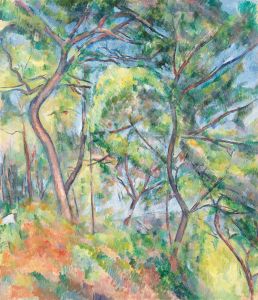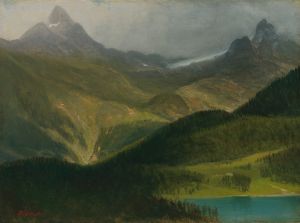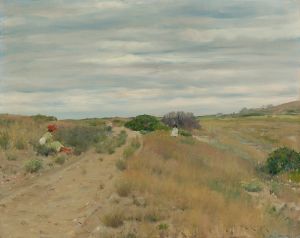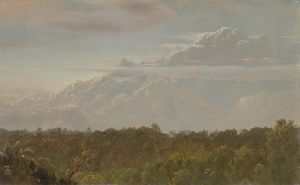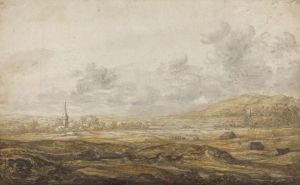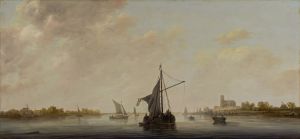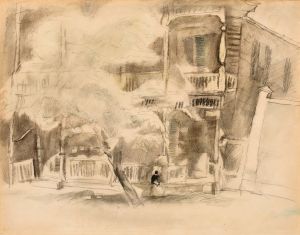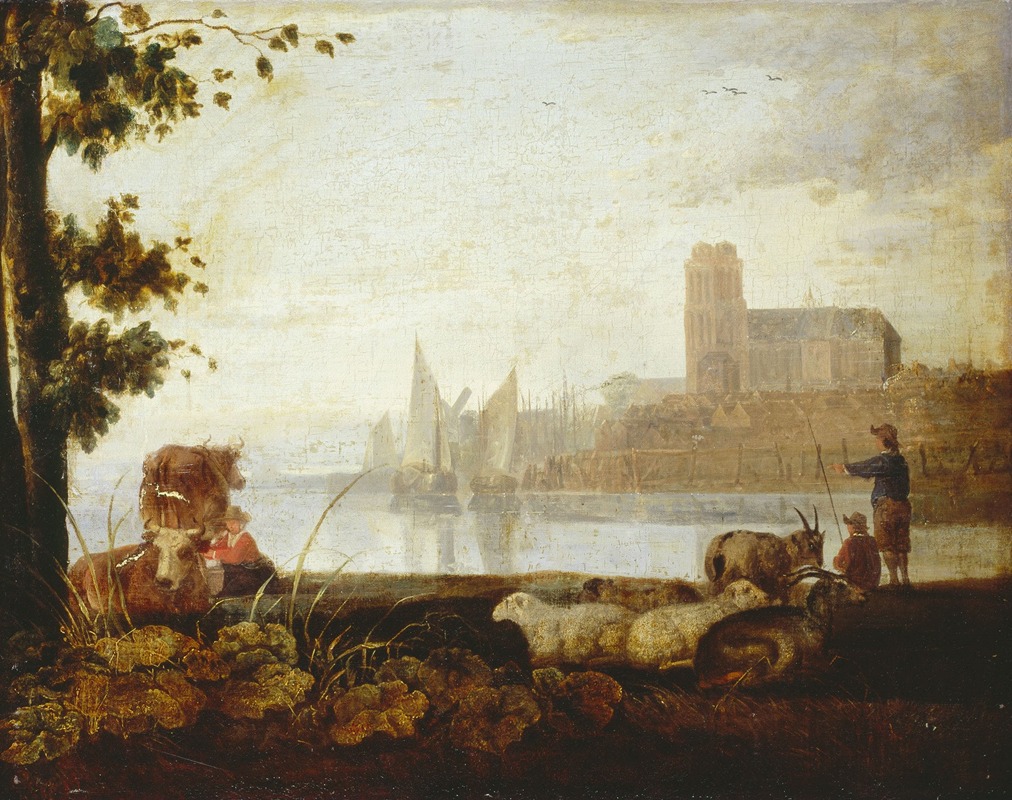
View on the Maas
A hand-painted replica of Aelbert Cuyp’s masterpiece View on the Maas, meticulously crafted by professional artists to capture the true essence of the original. Each piece is created with museum-quality canvas and rare mineral pigments, carefully painted by experienced artists with delicate brushstrokes and rich, layered colors to perfectly recreate the texture of the original artwork. Unlike machine-printed reproductions, this hand-painted version brings the painting to life, infused with the artist’s emotions and skill in every stroke. Whether for personal collection or home decoration, it instantly elevates the artistic atmosphere of any space.
"View on the Maas" is a painting by the Dutch artist Aelbert Cuyp, a prominent figure of the Dutch Golden Age known for his landscapes and seascapes. Born in Dordrecht in 1620, Cuyp was part of a family of painters; his father, Jacob Gerritsz Cuyp, was also a well-regarded artist. Aelbert Cuyp's works are celebrated for their luminous quality and serene depiction of the Dutch countryside, often featuring rivers, pastoral scenes, and expansive skies.
"View on the Maas" exemplifies Cuyp's mastery in capturing the tranquil beauty of the Dutch landscape. The painting depicts a view of the Maas River, which flows through the Netherlands and is a significant waterway in the region. Cuyp's work often reflects the economic and cultural importance of rivers in the Netherlands during the 17th century, a time when the country was a major maritime power.
In this painting, Cuyp employs his characteristic use of light and atmosphere to create a sense of calm and majesty. The composition typically includes a broad expanse of sky, which occupies a significant portion of the canvas, a hallmark of Cuyp's style. The sky is often depicted in soft hues, suggesting either early morning or late afternoon, times of day that Cuyp favored for their gentle light and long shadows.
The river itself is portrayed with a smooth, reflective surface, capturing the stillness of the water. Cuyp's attention to detail is evident in the way he renders the reflections and the subtle variations in color and texture. The banks of the river may feature pastoral elements such as grazing cattle, a common motif in Cuyp's work that underscores the harmonious relationship between nature and human activity.
Cuyp's landscapes are known for their idyllic and timeless quality, often evoking a sense of nostalgia for a peaceful rural life. His ability to convey the interplay of light and atmosphere has been compared to that of other great landscape painters of the time, such as Claude Lorrain. However, Cuyp's work is distinct in its uniquely Dutch perspective and its emphasis on the serene beauty of the local environment.
"View on the Maas" is part of a broader body of work that has earned Aelbert Cuyp a lasting reputation as one of the foremost landscape painters of the Dutch Golden Age. His paintings are held in high regard and can be found in major art collections around the world, including the National Gallery in London and the Rijksmuseum in Amsterdam.
Cuyp's influence extends beyond his lifetime, as his works have inspired subsequent generations of artists who admire his skillful use of light and his ability to capture the essence of the Dutch landscape. "View on the Maas" remains a testament to Cuyp's artistic vision and his contribution to the rich tradition of landscape painting.






